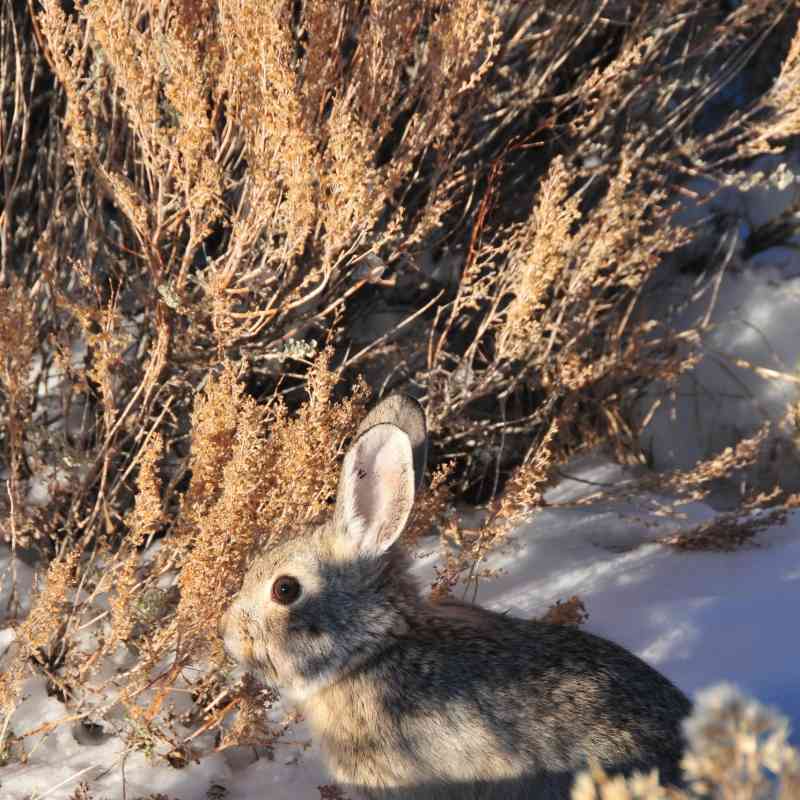Wolves to be targeted as unwanted predators for most of the year
CHEYENNE, Wyo. (08/03/2011) -The U.S. Department of the Interior released more details today about its agreement with Wyoming on a wolf management plan that would allow wolves to be shot on sight across most of the state for most of the year. Under the plan, wolves would only have a reprieve in a small northwest corner of the state, but even there they could be hunted with a license.
The following is a statement from Suzanne Stone, Northern Rockies representative for Defenders of Wildlife:
“Allowing wolves to be shot on sight across the vast majority of Wyoming is completely unjustified. It was this attitude that led wolves to become endangered in the first place. Wolves are an essential part of healthy ecosystems in the region and should be treated as such.
“Moreover, granting wolves a reprieve in only a small part of the state could severely limit their natural dispersal to prime wolf habitat in surrounding areas. And sanctioning aerial gunning and the killing of pregnant females and newborn pups is not only a clear violation of fair-chase hunting ethics, but also a drastic and unwarranted step that could seriously harm the long-term viability of the population.
“Wyoming has settled on the indiscriminate shooting of wolves as the primary management tool in the state, which is a huge step backwards. Instead, the state should be working with all stakeholders to promote tolerance and prevent conflict by implementing nonlethal, proactive management tools.
“It seems that this is no better than a similar plan rejected by the Fish and Wildlife Service under the Bush administration. If it was no good then, it’s no good now.”
Background:According to the details of Wyoming’s wolf plan, wolves will have year-round dual-classification: “trophy game” status in the northwest corner of the state where wolves can be hunted with a license, and “predator” status everywhere else where wolves can be shot on sight. The plan includes a restricted-kill zone that extends the trophy game boundary from mid-October through February when some wolves disperse into new areas. Yet any wolves that survive or attempt to establish a pack can be shot on sight again as soon as denning season starts. For the rest of the year, wolves will have “predator” status in this region and can be shot on sight. Wolves in the Trophy Game Management Area surrounding Yellowstone will also be subject to aerial gunning by the state in addition to wolf hunts.
The plan also requires that at least 100 wolves or 10 breeding pairs be maintained in Wyoming outside of Yellowstone National Park. But with a current population of 246 wolves outside the park, that means almost 150 wolves—nearly 60 percent—could be eliminated. Based on the latest population estimates (see USFWS 2010 Annual Report), there are 97 wolves within the boundaries of Yellowstone that will remain protected while they are in the park.
Read the latest Wyoming wolf status report
Learn more about Defenders’ Wolf Coexistence Partnership
Get the latest wolf news updates on Defenders’ blog
Contact(s):
Suzanne Stone, 208-861-4655John Motsinger, 202-772-0288
Defenders of Wildlife is celebrating 75 years of protecting all native animals and plants in their natural communities. With a nationwide network of nearly 2.2 million members and activists, Defenders of Wildlife is a leading advocate for innovative solutions to safeguard our wildlife heritage for generations to come. For more information, visit defenders.org/newsroom and follow us on Twitter @Defenders.
